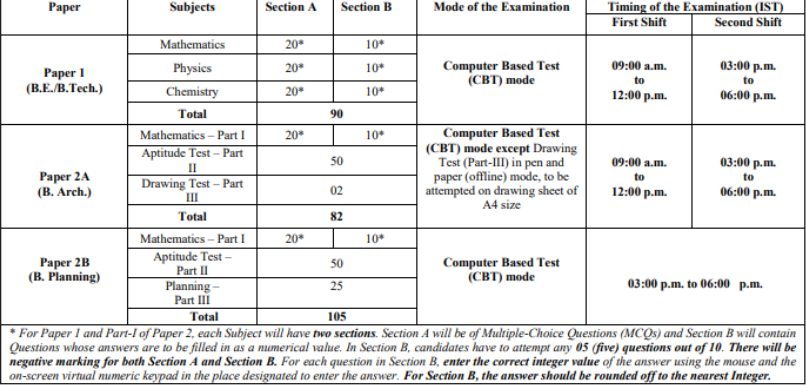Pratishtha Engineering For Class 9th to 12th Studying and 12th Passed Students
- Two-Year Integrated Classroom Course for JEE Main & Advanced (For Class 10th Studying Students moving to Class 11th)
- One-Year Integrated Classroom Course for JEE Main & Advanced (For Class 11th Studying Students moving to Class 12th)
- Power Step Integrated Classroom Course for JEE Main & Advanced (For Class 12th Passed Students)
- Integrated Classroom Course for Class X to XII, JEE(Main & Advanced), Olympiads & NTSE
Cource Highlights
- Coverage and revision of Class 11th and Class 12th syllabus
- Thorough preparation for school/board exams
- Regular tests on school/board as well as JEE pattern
- Extensive and in-depth study material
- NCERT Maps for quick and thorough revision of NCERT
Additional Benefits
- Final Test Series
- Success Achiever Question Bank for JEE and Main
- Archive for JEE Main and Advanced
- iTutor Lab Facility


















